Bible History – C. 1407 BC
In the study of the battles of the Bible sometimes there is much content in between one engagement and the next. This happens even when relatively short time has elapsed. Between the Bible Battle of Edrei (Numbers 21) and the destruction of Midian (Numbers 31) there isn’t a great elapsing of time. Nevertheless the biblical account during these 10 chapters is rich with important reminders of elements and provisions that will establish Jewish life for generations to come.
SECOND CENSUS
CHANGING of the GUARD
JEWISH CALENDAR
The Jews used two kinds of calendars: Civil Calendar official calendar of kings, childbirth, and contracts. Sacred Calendar from which festivals were computed.
Tishri: Sept.–Oct.; 30 days. 1st month of Civil; 7th month of Sacred.
Heshvan: Oct.–Nov.; 29 days. 2nd month of Civil; 8th month of Sacred.
Chislev: Nov.–Dec.; 29 or 30 days. 3d month of Civil; 9th month of Sacred.
Tebeth: Dec.–Jan.; 29 days. 4th month of Civil; 10th month of Sacred.
Shebat: Jan.–Feb.; 30 days. 5th month of Civil; 11th month of Sacred.
Adar: Feb.–Mar.; 29 or 30 days. 6th month of Civil; 12th month of Sacred.
Nisan (Abib): Mar.–Apr.; 30 days. 7th month of Civil; 11th month of Sacred.
Iyar: Apr.–May; 29 days. 8th month of Civil ; 2nd month of Sacred.
Sivan: May–Jun; 30 days. 9th month of Civil ; 3d month of Sacred.
Tammuz: Jun–Jul; 29 days. 10th month of Civil ; 4th month of Sacred.
Ab: Jul–Aug.; 30 days. 11th month of Civil ; 5th month of Sacred.
Elul: Aug.–Sept.; 29 days. 12th month of Civil ; 6th month of Sacred.
Vedar: between Adar and Nisan; 29 days. This is a special month coming about every 3 years only. The reason it exist is to balance the Hebrew calendar of 354 days.
OFFERINGS
Although it is present in the very beginning of Scripture, the offering is best introduced with Abraham at Bible battle of Siddim. The offering was a reflection of the sacrificial reality of the spirit realm, in which the shedding of blood is focal. At this point the Law institutionalized this practice.
Given the room it takes up in the Old Testament and its defining role in Christianity, we have decided to point out the different offerings in some detail (according to Leviticus 1-7)
Offerings were made according to wealth.
Other offerings, which were variations, included:
Free will offering expressed gratitude to God without regard to any specific blessing.
Trespass Offering which atoned for sins committed unknowingly, especially where restitution was possible. Restitution was calculated according to the priest’s estimate of the value of the offense plus one-fifth.
The FESTIVALS
These first came about in Exodus, Leviticus and Numbers.
Sabbath: Every seventh day was a solemn rest from all work.
New Moon: The first day of each month was a day of rest, special sacrifices, and the blowing of trumpets.
Passover: On the fourteenth day of the first month (Nisan), this festival commemorated God’s deliverance of Israel from bondage in Egypt.
Feast of Unleavened Bread: Marked the beginning of the barley harvest, immediately followed Passover and lasted until the twenty-first day of the month.
Feast of Firstfruits: Marked the beginning of the barley harvest, immediately followed Passover and lasted until the twenty-first day of the
month.
Feast of Weeks (Harvest of Pentecost): Took place fifty days after the barley harvest, and involved new grain offerings to the Lord.
Feast of Trumpets: The first day of the seventh month (Tishri) marked the occasion, which involved a Sabbath rest, the blowing of trumpets, and a holy convocation.
Day of Atonement (Yom Kippur): Observed on the tenth day of the seventh month (Tishri), this was a day of fasting (on which no work was done) for the purpose of atoning for the sins of the past .
Feast of Tabernacles (Booths or Ingathering): This eight-day celebration lasted from the fifteenth to the twenty-second day of the seventh month (Tishri).
Feast of Dedication (Lights or Hanukkah): Celebrated in the ninth month (Chislev), this eight-day feast commemorated the cleansing and re-dedication of the temple after its defilement by Syria.
Feast of Purim (Lots): This feast was celebrated on the fourteenth and fifteenth days of the twelfth month (Adar).
Sabbath: Every seventh was designated as a “ of release” to allow the land to lie fallow.
Feast of Jubilee: The fiftieth , which followed seven Sabbath s, proclaimed liberty to those who were servants because of debt, and returned lands to their former owners.
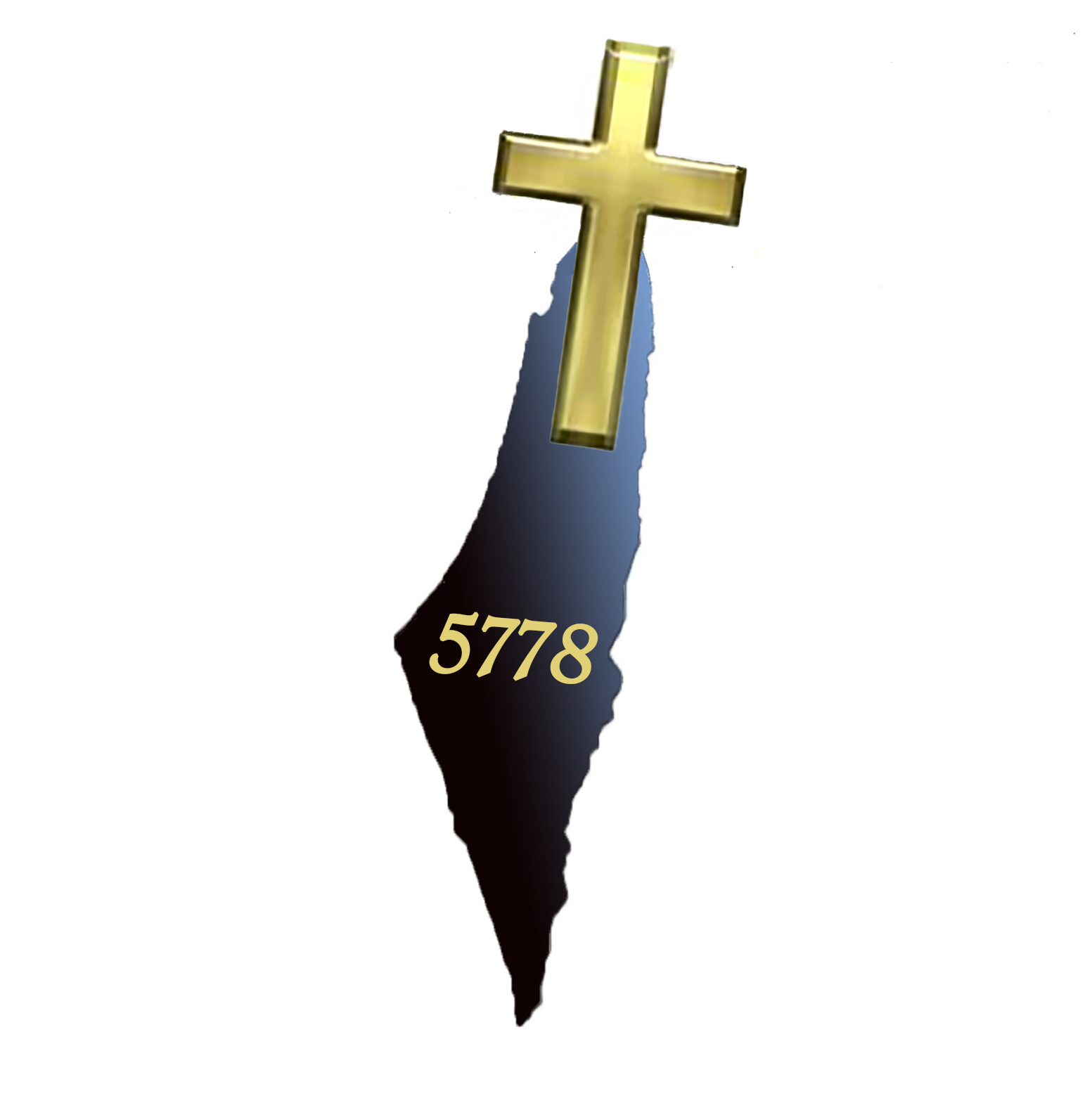
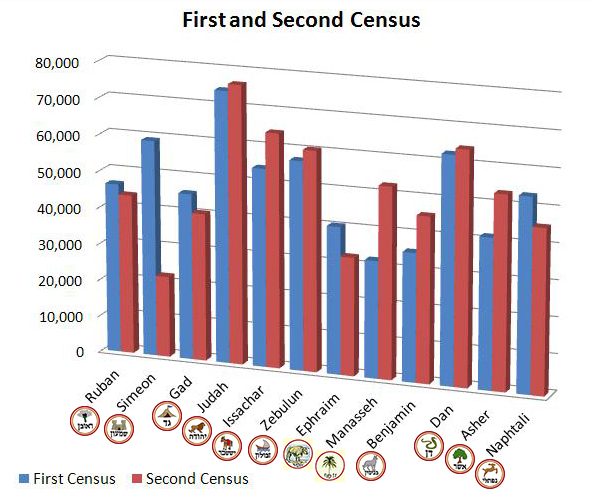
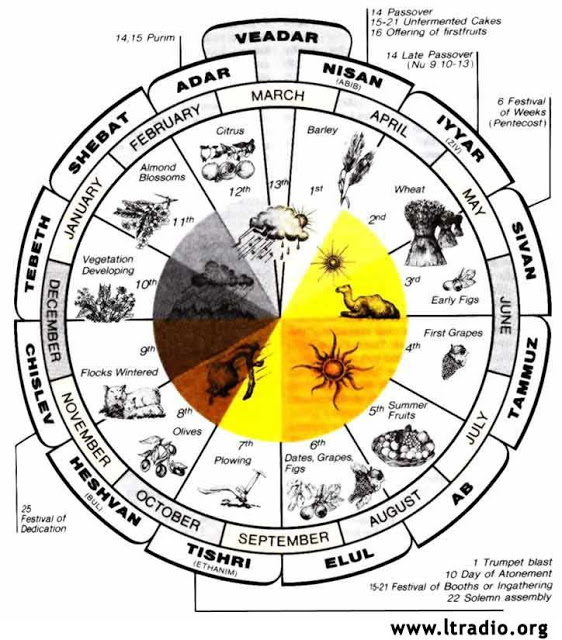
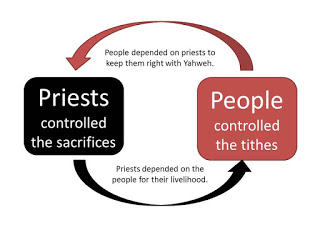
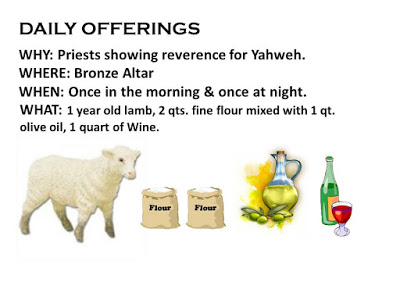
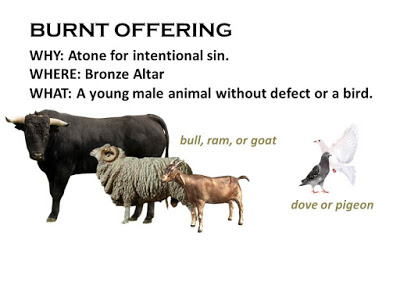

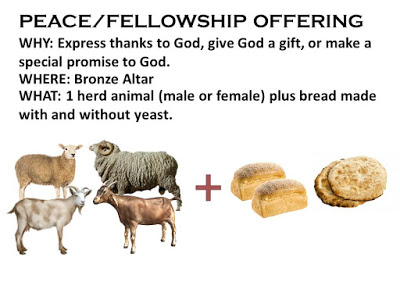
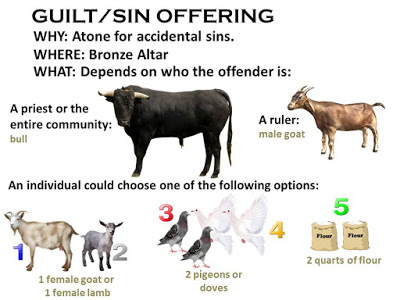
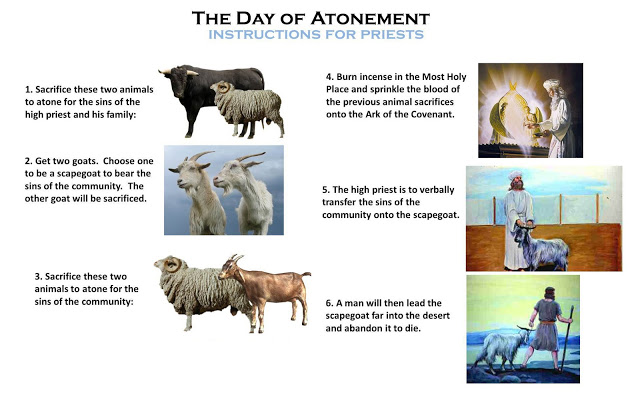

3 Comments on “Foundations of Jewish Life – Second Census – Jewish Calendar – Sacrificial Offerings – Jewish Feasts”
Pingback: Preparation for the New Life - Gods War Plan | Best Bible Battles & War Strategy
Pingback: Battle of EDREI - Gods War Plan | Best Bible Battles & War Strategy
Pingback: Egyptian Captivity and the Holocaust parallel - Gods War Plan | Best Bible Battles & War Strategy